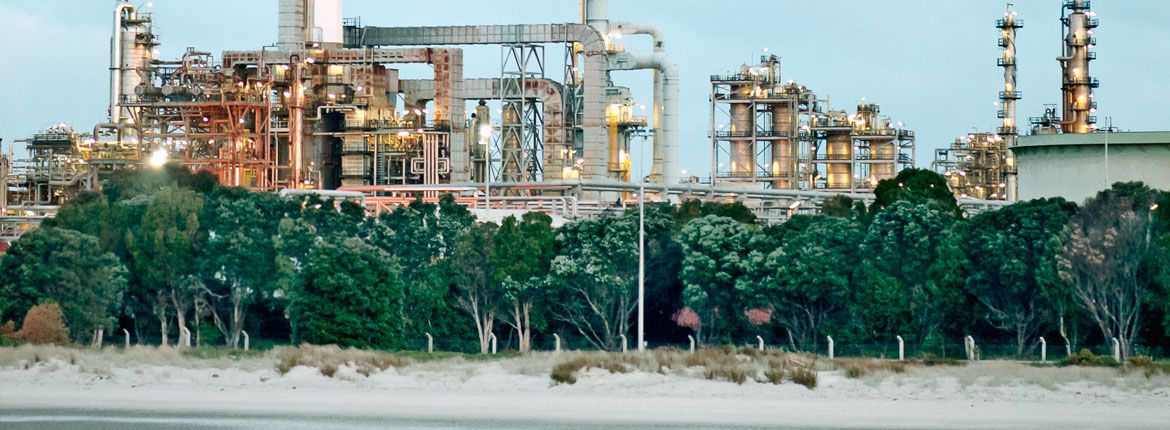
Fuel facts
Vladimir Koutsaenko, Senior Advisor Fuel Quality Monitoring for Trading Standards, talks gas.
A little known fact when buying fuel at service stations is that you pay a tiny amount towards the monitoring of fuel quality. At 0.3 cents per litre, it means that out of every $10 to $11 you spend on petrol, around one cent will be used for ensuring the quality of fuel. Sounds a small amount, right? But this is enough to take hundreds of fuel samples nationwide each year, and to test them for quality. That testing is undertaken by Trading Standards, which is part of the Ministry of Business Innovation and Employment. Here are some common questions that come our way:
Are fuels sold by various brands different?
Not significantly. The sampling and testing we undertake helps ensure that all fuels sold are in line with legal specifications. Some motorists are convinced that their car performs better on one brand of fuel than another. This is hard to prove or disprove. Fuels sold in New Zealand are well suited for a variety of vehicles. Road and traffic conditions, along with other factors such as how a vehicle is being driven will have major effects on fuel consumption and performance.
Can you use any grade of petrol in a car?
Is a premium grade better for the car? Drivers risk causing serious damage to their engine if they use a lower octane than recommended by car manufacturers, but it is OK to use an octane higher than recommended. So, if your car requires 91 octane then that’s all you need, but you can use 95 or 98 octane petrol if you’re happy to pay more. If your car requires 95 octane you must use 95 or 98, but not 91. The bottom line is to use the recommended octane as a minimum. Some brands say their additives make a difference. In particular, it is often claimed that premium petrol has more sophisticated additives compared to those in regular petrol, resulting in better performance and other benefits. If fuels are advertised as having properties that make them superior, they must conform with the specifications when tested. If you are not sure if a fuel is suitable for your vehicle – such as ethanol-blended petrol which could be damaging to very old cars' components – we recommend checking the owner’s manual or contacting the manufacturer’s local agent.
Is New Zealand’s fuel quality better or worse than in other countries?
New Zealand Government regulators look at the best practices around the world and align our fuel quality specifications with those in similar economies such as USA, UK and Australia. There is a World Wide Fuel Charter which sets out car manufacturer expectations and requirements for fuels, to help ensure compatibility with the vehicles produced. Fuel specifications are periodically updated, reflecting developments with motor vehicle technology in response to environmental and health requirements.
Where does our fuel come from?
Refining NZ at Marsden Point is New Zealand's only refiner of oil products and is one of the most modern refineries in the world. It processes a range of imported crude oils, producing premium and regular petrol, automotive and marine diesel, kerosene and other fuel oils. It supplies up to 70% of the demand for fuel, with the rest being imported mainly from refineries in Asia, the Middle East and the Pacific. Fuel retailing companies can buy fuel from overseas refineries, but they must make sure that the products meet the New Zealand specifications. At the end of the day, the New Zealand fuel specifications and the sampling and testing programmes are aimed at ensuring our vehicle fleet runs as efficiently and effectively as possible, while also limiting the adverse effects on the environment and our health. The specifications in New Zealand are generally close to those in the European Union, with some biofuel specifications similar to those adopted in the USA. In New Zealand, both petrol and diesel have their specifications seasonally adjusted in relation to climate variations. With petrol there are three geographical areas: Northland and Auckland, the rest of North Island and the South Island. For diesel, there are two ‘seasons’ – summer and winter.
Reported by Vladimir Koutsaenko for our AA Directions Summer 2018 issue
